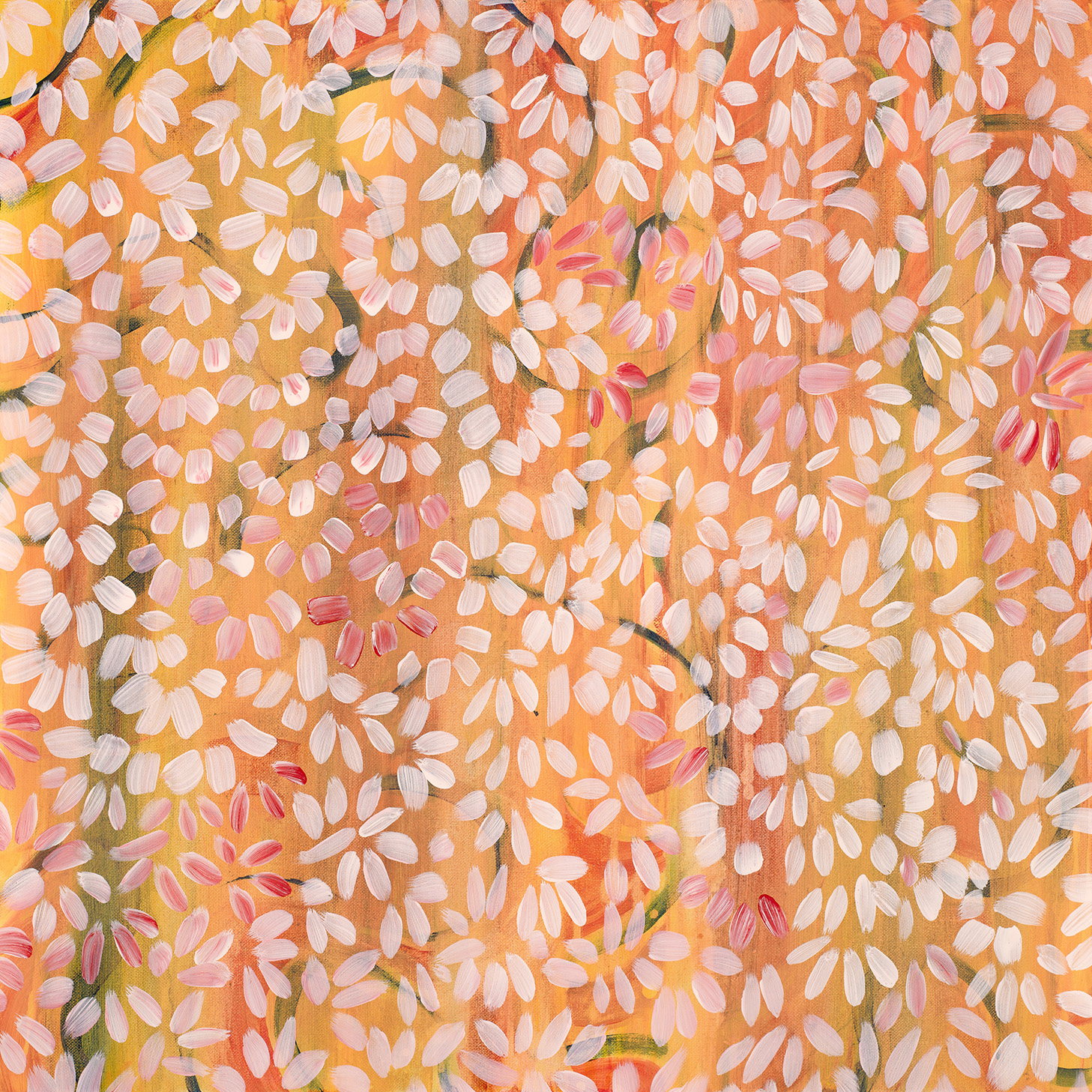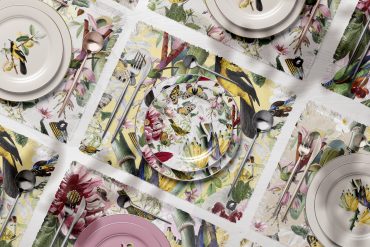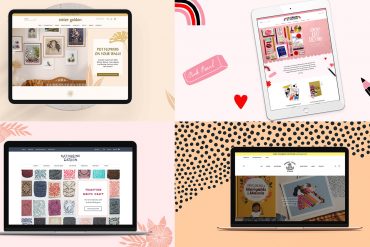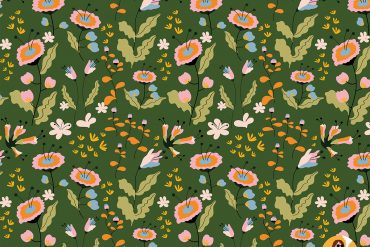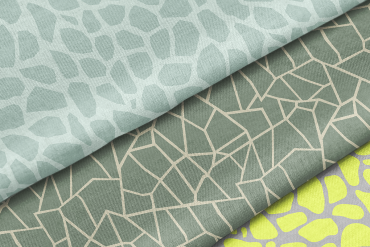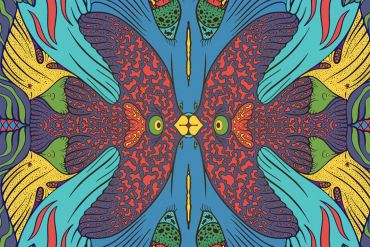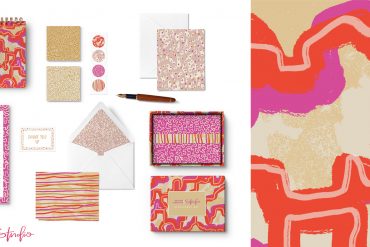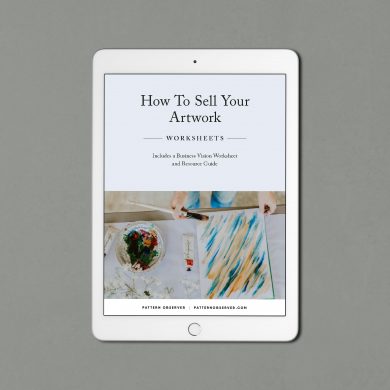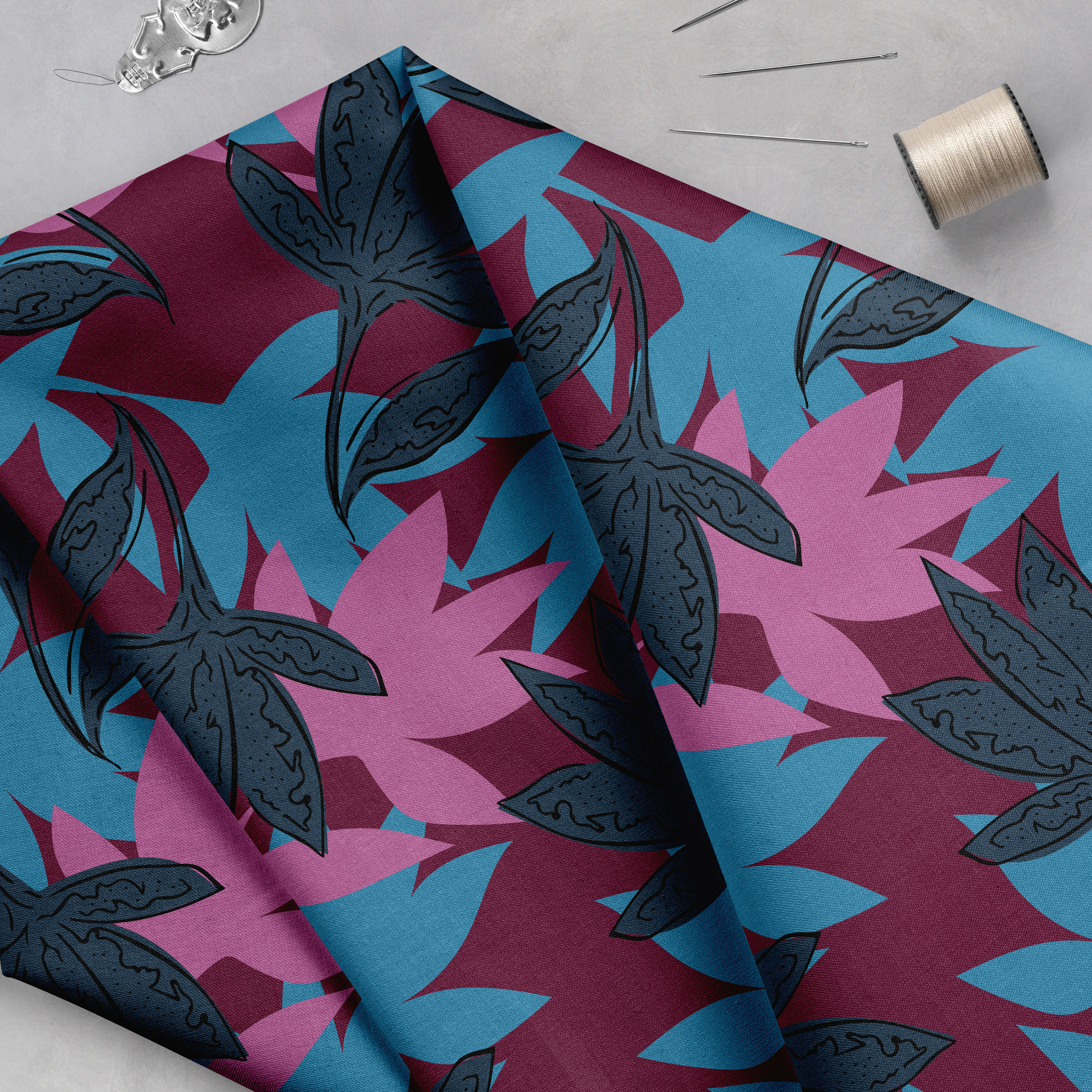Technology and various website building platforms have truly become wonderful resources for freelancers and textile designers. Sites like Wix and Squarespace make the once difficult task of developing an online portfolio a considerably easier one. These sites allow you to choose your theme and then rearrange the site until it is customized to fit your needs. You can:
– Change the order of things
– Change colors
– Change fonts and more…
It’s amazing, and sometimes even fun. Yes…fun!
After you click that “Choose Your Template” button you’ll upload your logo, begin playing with colors, and then that’s when the difficult questions usually arise….
– How should I present my collections?
– Where do I post my mockups?
– What about colorways?
– And my trend report?
These questions usually cause us to take a step back and begin dragging our feet or finally dropping the project until “later”…whenever that arrives. Ultimately, we end up settling for less than we would like, because we have to get it done. We’ve invested time in our portfolio and it’s too late to start over and choose a new template.
I understand these feelings and know them to be true, because I’ve been there. This is how I have designed my portfolio and other websites in the past, and what I see countless designers working through in the Textile Design Lab (TDL).
Admittedly, it’s pretty fun to start a free account and begin editing away on a site like Wix. They design it to feel that way, and who doesn’t like to make progress? Upload a logo? Yes, please!!!
Actually…
We could save a whole lot of time and frustration and still create a portfolio that we are proud (maybe more proud) to market if we just paused and took a deep breath. Why? So we could think about our creative process first. That’s right–you are the star of your portfolio website and it needs to bend to fit your needs–not the other way around!
Your creative process is the driving force behind your business. It’s the passion you bring to your work and the magic you use to design patterns that inspire and captivate. Your portfolio is a reflection of your creative process and should be customized to fit your style of work.
Of course, most of us don’t take the time to think clearly about our preferred creative process. We just know what works for us…and we naturally design that way. I’ve created a number of questions to help you clarify your creative process. Let’s discuss them.
Do you prefer to develop collections or one-off designs?
Some designers love developing collections. One design inspires another, leading to yet another. Coordinating patterns fill out the collection, making the entire process feel natural. Other designers prefer creating one-off designs to express their creative vision. There’s really no one “right” way to do things.
The way you prefer to design is important to consider when showcasing your work. You may feel compelled to create collections for your designs, even if you genuinely prefer designing one-offs. Or, you might feel you need to include one-off designs to balance your portfolio. However, your portfolio should reflect the way you are inspired and the way you create.
What industry would you love to work in?
There are some great industries for textile designers: the quilting market; home décor market; and fashion market. And within each of those industries, there are even more options! Depending on the industry you prefer, you may wish to include other materials in your website; perhaps trend boards, extra colorways, and mock-ups. These materials are great, but using them in a way that doesn’t make sense for your ideal industry can be distracting to buyers.
Do you have another creative business you want to include in your portfolio?
As a fine artist, for example, you may want to share more than the patterns you create. You may wish to include images of original artwork—paintings, drawings, etc—along with the patterns you design. Sharing these will help to further promote your creativity, while also giving buyers a better understanding and impression of your work.
Do you prefer to develop your own artwork or create custom patterns for clients?
Think about what you most want to promote. If your primary focus is promoting services, you’ll want to include information on how you work with clients to capture their vision in custom ways. If you prefer developing your own artwork, then promoting a library may be a better fit for you.
Understanding your creative process will help you make decisions as you prepare your portfolio. Thanks to sites like Wix and Squarespace, developing a portfolio that you are proud of is no longer the daunting task that it once was. Still… I encourage you to take some time and think about your creative process and what you need out of the portfolio before diving in. This is the best way to save time and frustration.
Don’t know what to include in your portfolio website? Download our free Portfolio Development Guide Checklist.

